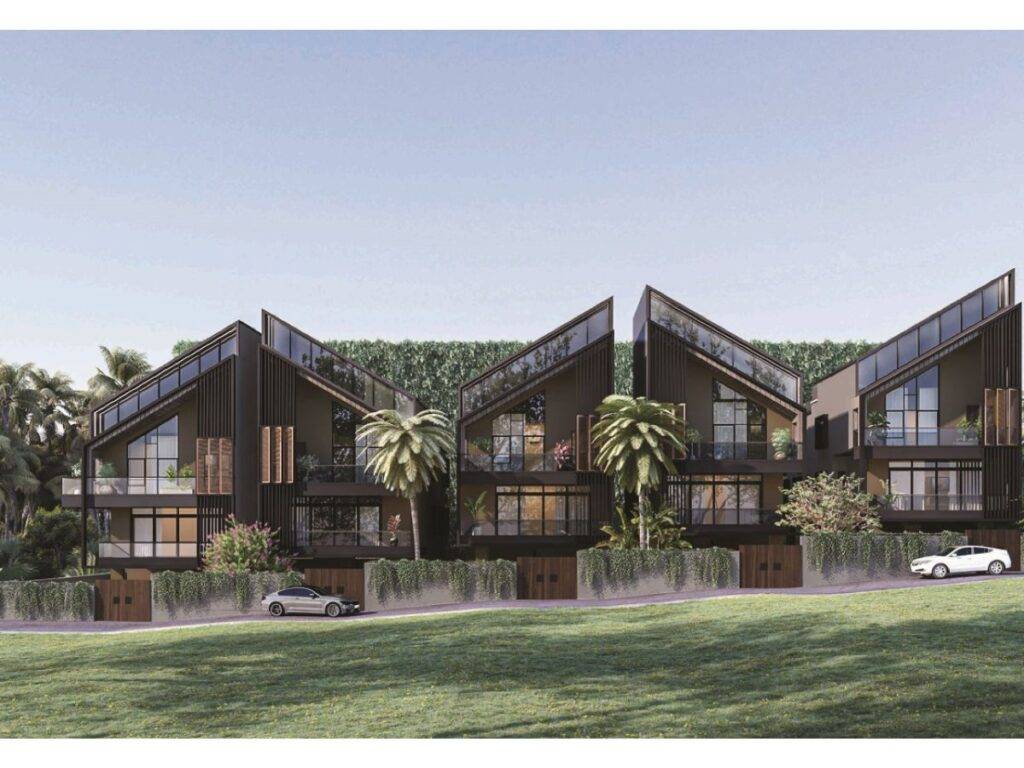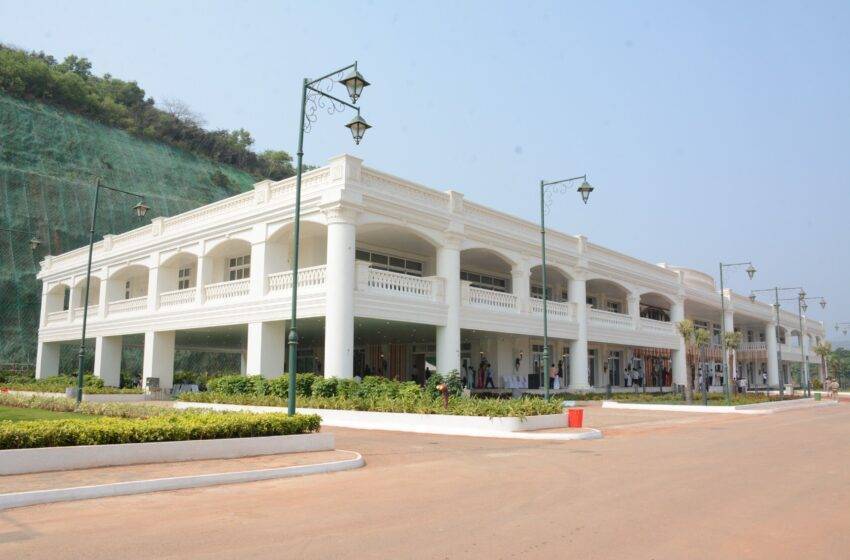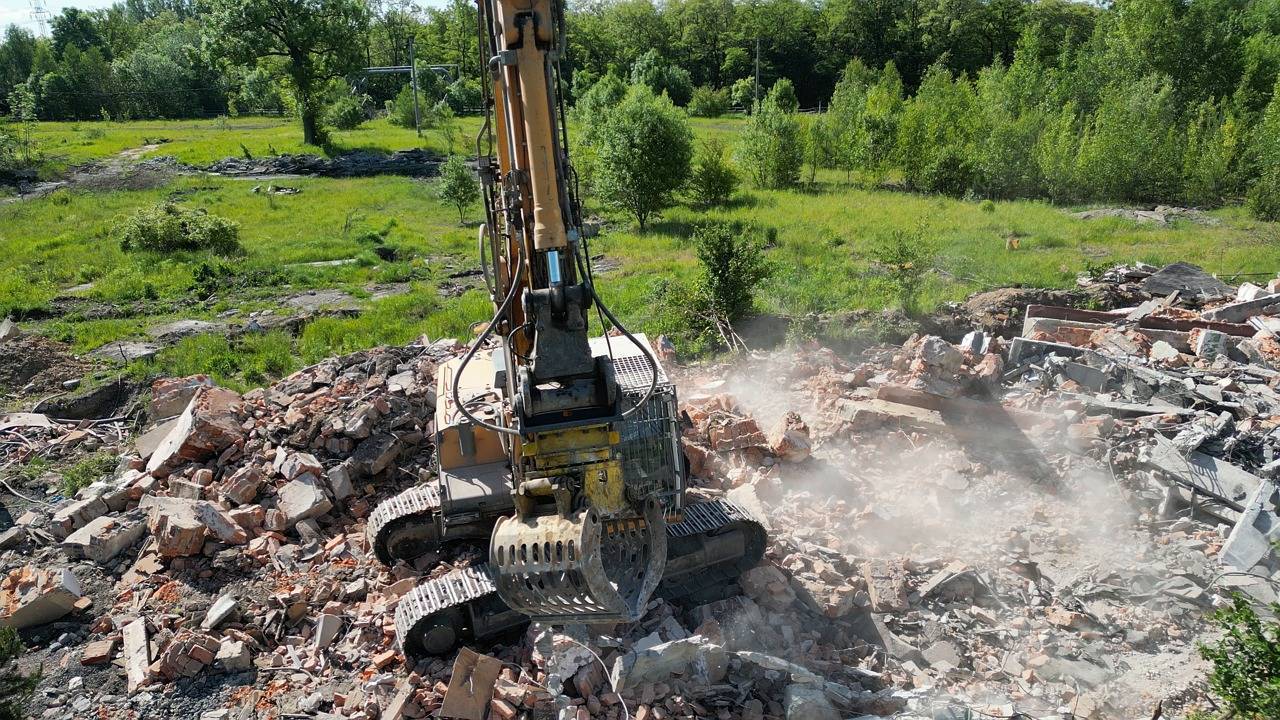In India, the burgeoning demand for green buildings reflects a growing awareness of environmental sustainability and the need for ecologically responsible construction practices. As the country grapples with rapid urbanization, pollution, and resource depletion, the emphasis on green buildings has gained momentum as a means to mitigate environmental impact and promote sustainable development. The green building market in India is expected to reach $51.2 billion by 2027. The global green buildings market is also expected to grow by 9.42% between 2024 and 2033.
Several agencies play a pivotal role in certifying green buildings in India, ensuring adherence to stringent environmental standards and best practices. These certification bodies evaluate various aspects of building design, construction, and operation to assess their sustainability performance. By certifying green buildings, these agencies provide recognition, credibility, and assurance to developers, investors, and occupants regarding their environmental credentials. Therefore, it is pivotal to understand what ‘green building’ is and which are the agencies that certifies these buildings.
What is green building?
A green building is one which uses less water, optimises energy efficiency, conserves natural resources, generates less waste and provides healthier spaces for occupants, as compared to a conventional building.
However, not every building that uses eco-friendly building materials like clay can be called as a green building. Thankfully, there are certain strict regulations that govern the criteria that make a building fit for LEED certification, which is the leading global-standard for green building certification, in India, as well as worldwide.
Criteria's For Green Building Certifications
Green certification is not an easy thing to be achieved. Certain conditions are necessary to inhibit green certification, some of which are discussed below.
1. Energy efficiency- this is the most important criteria. The distribution of energy and its consumption is pivotal for green certification. A building must optimise building orientation, harvesting as much natural light as possible, minimize solar heat gain, use renewable energy in building services, and ensure proper testing, commissioning and regular maintenance of its energy use.
2. Sustainable indoor environment: The quality of our indoor environment also plays a major role, more so now than ever before since many people spend a majority of their time indoors. This involves the use of quality air filtration methods as well as proper ventilation, as well as sustainable temperature and humidity control.
3. Sustainable design:A building created through sustainable development, without damaging the existing eco-system is a key criteria. The building shoyld an have easy access to public transport, open spaces such as parks, community services and good landscaping, and proper stormwater management.
4. Material usage:he building needs to have minimal, or no, non-renewable construction material, have efficient, eco-friendly design and engineering, with maximum use of recyclable, eco-friendly construction materials.
5. Water Efficiency: This means using methods through which the building may recycle water and use water saving fittings in their pipes to prevent unnecessary wastage of water. It also includes methods such as rain water harvesting and filtration of used water.Preservation and efficient use of existing water cycle is key here.
The ones who certify;
Whether Green buildings are really green is to be decided against the predefined rating systems. There are four primary Rating systems in India.
Indian Green Building Council (IGBC):
The Indian Green Building Council (IGBC), a subsidiary of the Confederation of Indian Industry (CII), spearheads the green building movement in India through its comprehensive certification system. The IGBC Green Building Rating System evaluates buildings based on a range of criteria encompassing energy efficiency, water conservation, indoor air quality, sustainable materials, and innovative design strategies. With a focus on environmental sustainability and resource efficiency, IGBC certification serves as a benchmark for buildings committed to reducing their carbon footprint and minimizing environmental impact. By promoting green building practices across various sectors, including residential, commercial, and institutional, IGBC plays a crucial role in fostering sustainable development and addressing pressing environmental challenges in India.
Leadership in Energy and Environmental Design (LEED) India:
LEED India, an extension of the globally recognized Leadership in Energy and Environmental Design (LEED) program administered by the U.S. Green Building Council (USGBC), sets the standard for green building certification in the country. LEED certification evaluates buildings based on their sustainability performance across key categories such as energy efficiency, water conservation, materials selection, indoor environmental quality, and innovation in design. By encouraging the adoption of green building practices and technologies, LEED India promotes resource efficiency, occupant health, and environmental stewardship. Recognized for its rigorous certification process and global credibility, LEED certification enhances the market value and competitiveness of green buildings in India, driving the transition towards a more sustainable built environment.
Green Rating for Integrated Habitat Assessment (GRIHA):
Developed by The Energy and Resources Institute (TERI) in collaboration with the Ministry of New and Renewable Energy (MNRE), GRIHA is a pioneering national rating system for green buildings tailored to the Indian context. GRIHA certification evaluates buildings across various climatic zones, considering factors such as energy efficiency, water management, waste reduction, and site selection. With an emphasis on integrating traditional architectural principles with modern sustainable technologies, GRIHA promotes holistic and contextually relevant approaches to green building design and construction. By addressing the unique environmental challenges and cultural sensitivities of India, GRIHA certification contributes to the development of resilient, resource-efficient, and culturally responsive built environments nationwide.
Bureau of Energy Efficiency (BEE):
Under the Ministry of Power, Government of India, the Bureau of Energy Efficiency (BEE) plays a pivotal role in promoting energy efficiency and conservation in buildings. While BEE's primary focus lies in energy efficiency, it also contributes to the broader goals of green building certification through its star rating program for energy-efficient buildings. BEE's certification program assesses buildings based on their energy performance, encouraging the adoption of energy-efficient technologies, systems, and practices. By incentivizing energy savings and reducing carbon emissions in the building sector, BEE contributes to India's efforts towards sustainable development and climate change mitigation. Through its initiatives and partnerships, BEE aims to drive widespread adoption of green building practices and facilitate the transition to a low-carbon and energy-efficient built environment in India.
In conclusion, green building practices and certification systems play a pivotal role in shaping the future of sustainable construction in India. As the country grapples with rapid urbanization, environmental degradation, and climate change, the adoption of green building principles becomes increasingly imperative. Green buildings offer a holistic approach to construction, integrating energy efficiency, water conservation, waste management, indoor air quality, and sustainable materials to minimize environmental impact and enhance occupant health and well-being.
The proliferation of green building certification systems, such as those offered by the Indian Green Building Council (IGBC), Leadership in Energy and Environmental Design (LEED) India, Green Rating for Integrated Habitat Assessment (GRIHA), and Bureau of Energy Efficiency (BEE), provides developers, investors, and occupants with a framework for assessing and recognizing environmentally sustainable buildings. These certification systems not only set benchmarks for excellence in green construction but also incentivize the adoption of innovative technologies and practices that reduce resource consumption, lower operating costs, and mitigate climate change impacts.
Cover image- pinterest.com









.png)